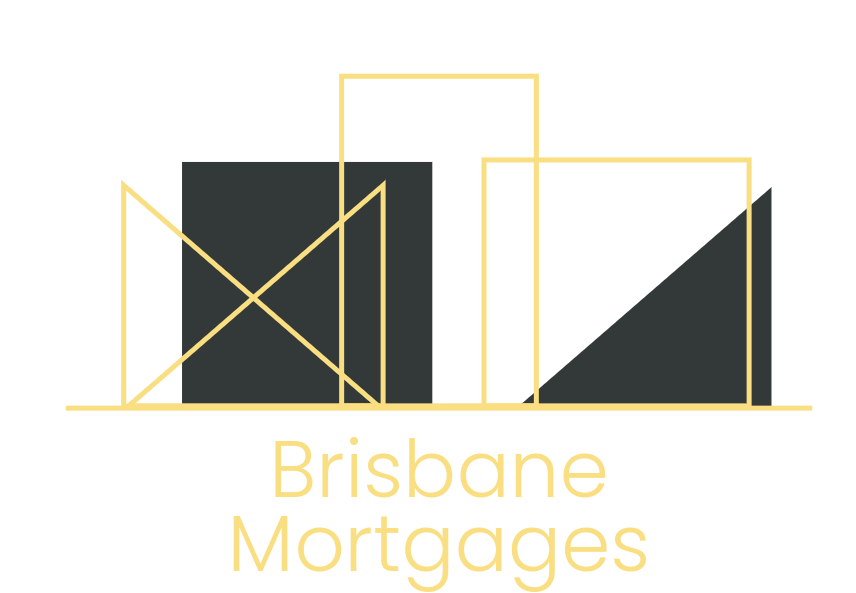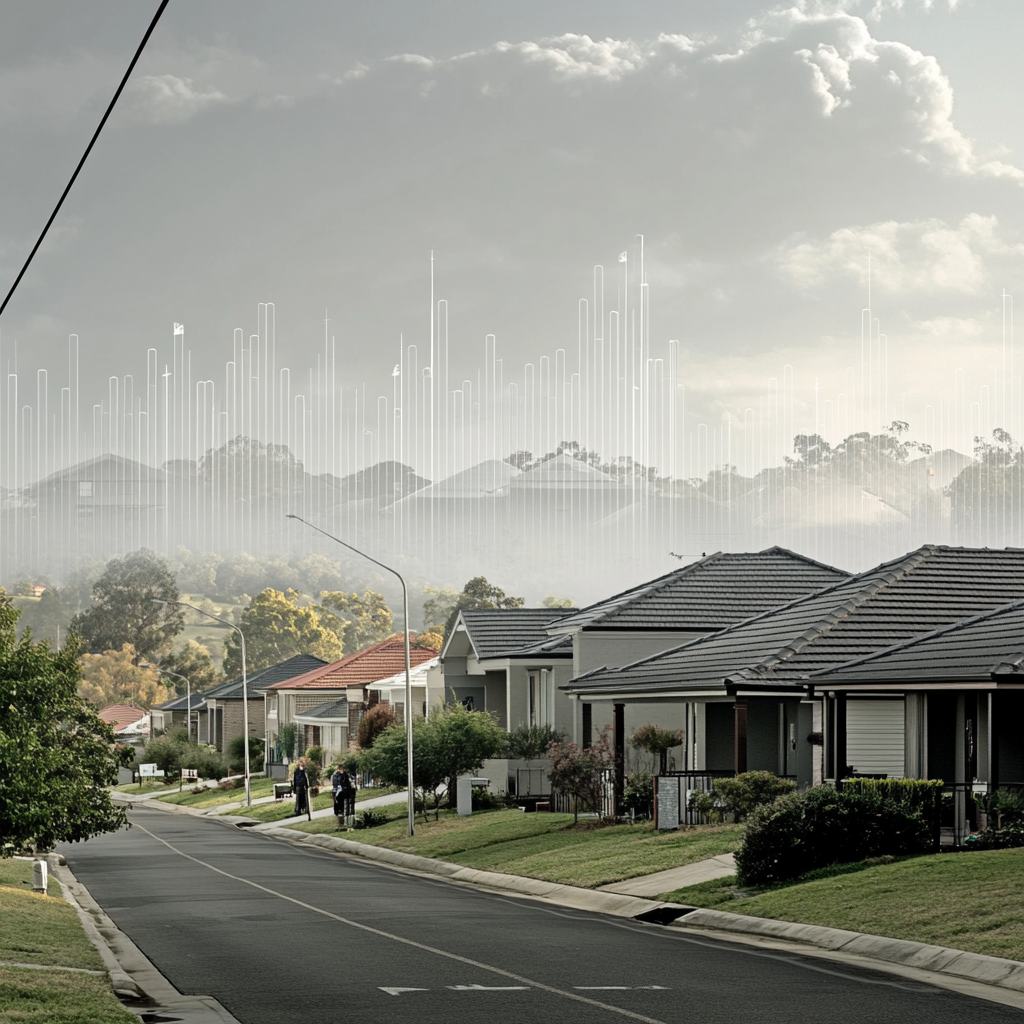The Brisbane property market has captured the attention of investors, homeowners, and analysts nationwide, particularly after experiencing a notable upswing in prices and demand during the pandemic era. Long seen as an affordable alternative to Sydney and Melbourne, Brisbane enjoyed strong growth as interstate migration, low interest rates, and lifestyle changes prompted many buyers to relocate or invest in the city. However, as Australia’s broader economy faces rising interest rates, inflationary pressures, and cost-of-living concerns, the question arises: is Brisbane’s property market now slowing?
Several key indicators suggest that the rapid pace of growth witnessed over the past two years is indeed moderating. First, the period of extraordinarily low interest rates—once a major driver for homebuyer enthusiasm—has ended. The Reserve Bank of Australia’s decision to raise interest rates multiple times since mid-2022 has gradually eroded buyer confidence and borrowing capacity. When money becomes more expensive to borrow, prospective buyers often take a step back, reassessing their budgets and property aspirations. This recalibration can manifest as reduced competition at auctions, fewer offers on listed properties, and generally softer conditions.
Moreover, the cost-of-living squeeze, underpinned by high inflation and wage growth that has failed to keep pace, has tempered buyer sentiment. Households facing increased grocery, energy, and transport expenses may be less inclined to upgrade their homes or invest in a second property. In turn, this caution among buyers can lead to a slower sales environment, potentially flattening price growth.
Another factor to consider is the evolving supply-demand dynamic. While Brisbane’s population continues to grow, attracting interstate migrants thanks to its sunny climate and comparatively moderate price points, the pace of this influx is no longer at pandemic-era highs. With international borders reopening and people rediscovering other cities and regions, population growth—while still positive—may be less intense than in recent years. Simultaneously, developers have ramped up new housing construction projects, from apartments in inner-city neighborhoods to detached homes in outer suburbs. Though there are still constraints and bottlenecks in construction, the prospect of increased supply could help ease upward pressure on prices.
It’s important to note that a slowing market does not necessarily equate to a downturn or crash. Even as the breakneck pace of growth subsides, the Brisbane market remains underpinned by sound fundamentals. The upcoming 2032 Olympics, major infrastructure projects such as the Cross River Rail, and ongoing interstate migration ensure that Brisbane remains an attractive destination. Rental demand also continues to be strong, offering opportunities for investors who take a long-term view.
What the current environment likely signals is a period of normalization. Rather than the frantic pace and double-digit annual price growth, Brisbane’s property market may settle into a more sustainable rhythm. Buyers can benefit from greater choice and less competition, and sellers may need to adjust their price expectations slightly. In essence, while the market may be slowing, it is not stagnating. Brisbane’s real estate landscape is still evolving, shaped by economic conditions, infrastructure developments, and shifting buyer sentiment—and for many, that’s a healthy sign of a maturing market.

